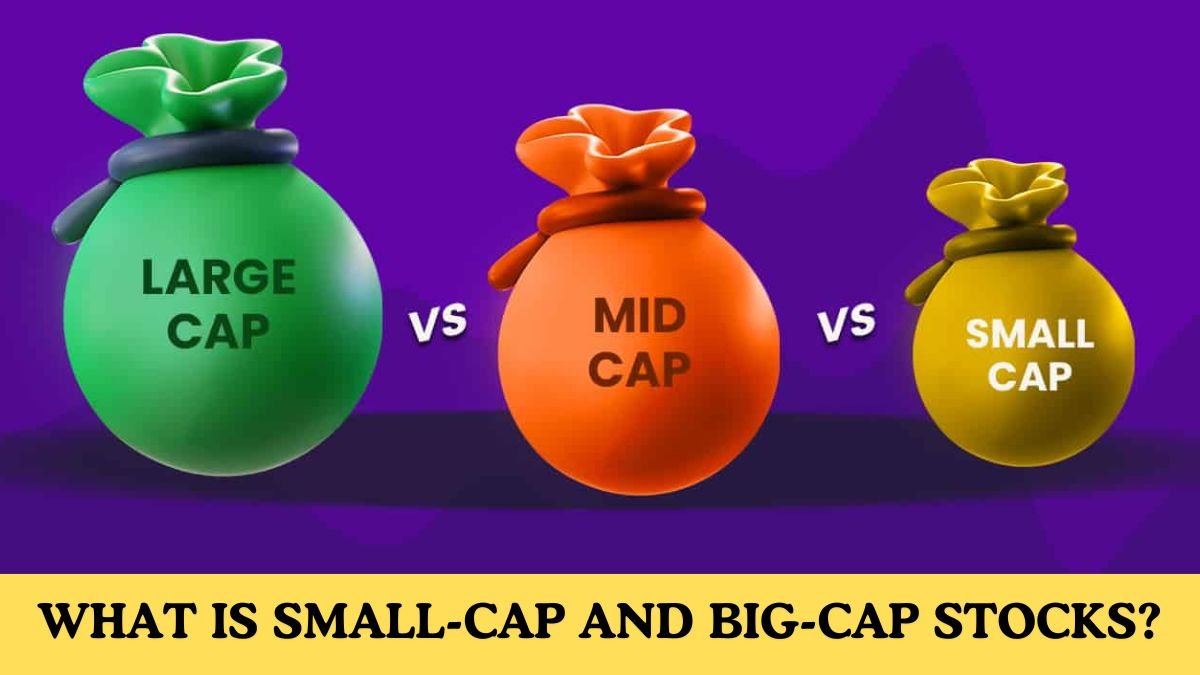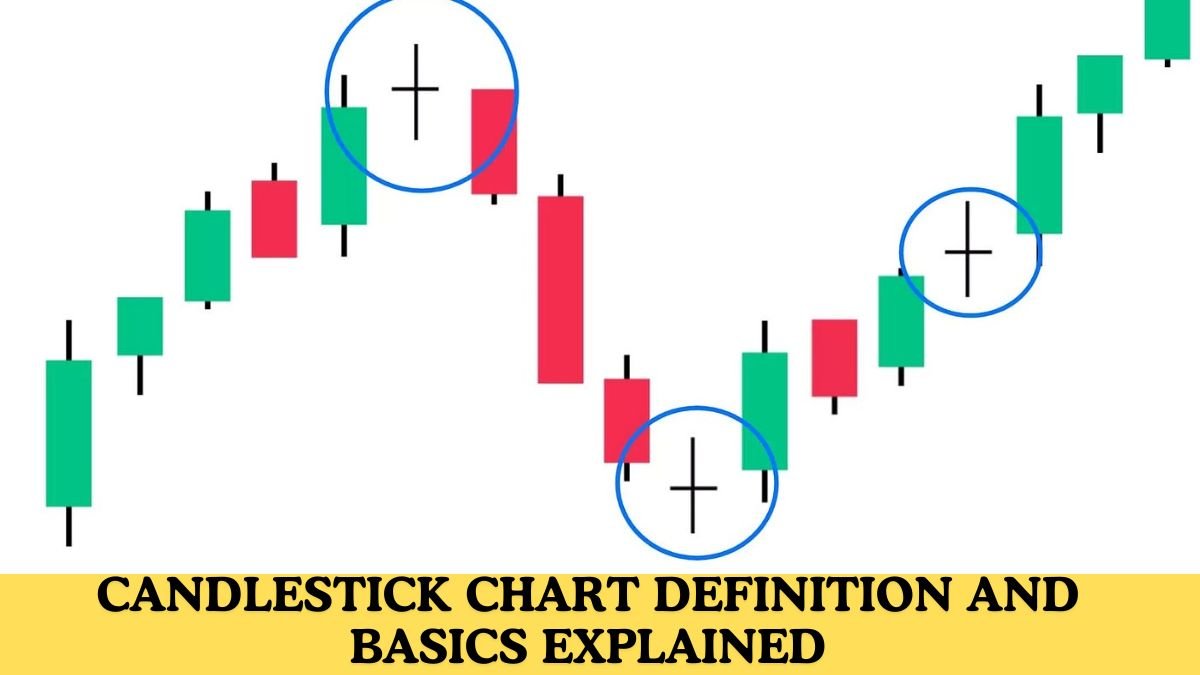Small-Cap and Big-Cap Stocks: Friends, while investing in the stock market, we often hear words like ‘small-cap’ and ‘big-cap.’ Let us tell you that these words represent the market capitalization of companies, which reflects the total market value of the company. With its help, every person investing in the stock market selects these two types of stocks according to their financial position, risk-taking ability, and investment objective and invests in them. Let us know what small-cap and big-cap stocks are and why they are important in the stock market.
What is market capitalization?
Let us tell you that market capitalization is the market price of any company’s shares. With its help, the current stock price of the company is calculated based on the number of its available shares. The size of the company determines the market capital of any company, and it is a way of dividing the company’s stocks into different groups, such as small-cap, mid-cap, and large-cap.
Small-Capital Stocks
Small-cap stocks are those with a market capitalization typically between $300 million and $2 billion, although this measurement varies for different financial institutions
- Growth prospects: Companies that have small capital are relatively new companies and are in the early stages of their development. All these companies are very attractive for their high growth prospects, and they attract people who expect more profits in the future.
- Volatility: In small market capital companies, we can see more volatility than large stocks. We can see big changes in all these companies because they have limited resources and less liquidity.
- Risk and benefit: Investing in small capital stocks is often risky because these companies have limited capital and less stable income. However, if these companies are successful, they can make more profit in a short time.
Large Capital Stocks
Let us tell you that large capital stocks are those whose market capital is $10 billion or more. All these companies are usually well-established multinational companies that have significant market share and achievements in their industry.
- Stability: All companies with large market capital are generally fully matured businesses that have a stable and reliable revenue source. All companies with large market capital experience fewer economic fluctuations and remain quite stable in the market.
- Low volatility: Due to large market capital, fluctuations are seen very little in all these companies, which makes it very easy for all these companies to sell their products.
- Dividends: Companies with large market capital regularly issue dividends, which are a separate and stable source of income for investors. This company attracts those people who want stability and regular income.
Difference between Small Cap and Large Cap
- Risk and profit: Companies with small capital have more risk, but the profit can also be high, whereas in large-cap stocks, the risk is low, and the return is stable.
- Growth potential: All small-cap companies are in the growth phase and can see big growth in a short time, whereas large-cap companies are stable and grow slowly.
- Volatility: We get to see a lot of fluctuations in the small cap stock market companies. There is more instability in these companies. We get to see very few fluctuations in the companies of large-cap stocks.
- Investment goals: All the companies with small capital attract those people who are interested in high returns in a short time, but let us tell you that there is a lot of risk in these companies. On the contrary, investors seeking stable income and stability may prefer large-cap stocks.
FAQs-What is Small-Cap and Big-Cap Stocks
Market capitalization is the market price of the shares of any company. With its help, the current stock price of the company is calculated based on the number of its available shares. The size of the company determines the market capital of any company.
Small-cap stocks are those with a market capitalization typically between $300 million and $2 billion, although this measurement varies for different financial institutions
Large capital stocks are those with a market capitalization of $10 billion or more. These companies are typically established multinationals with significant market share and dominance in their industries.

My name is Chirag Suthar, and I have been blogging for the last five years. Every day, I share the latest articles on my blog with all my users. On Groww Stock, I will provide you with all the information related to finance.




2 thoughts on “What is Small-Cap and Big-Cap Stocks?”